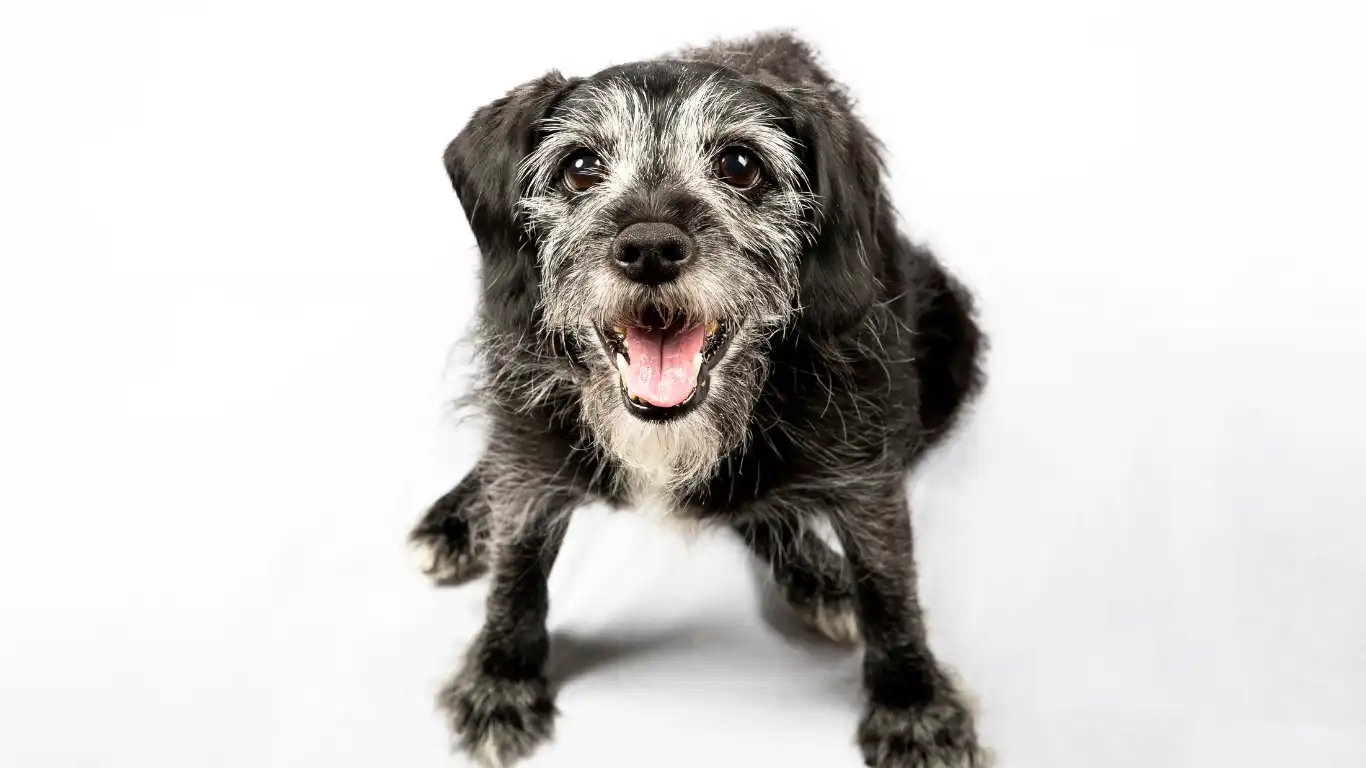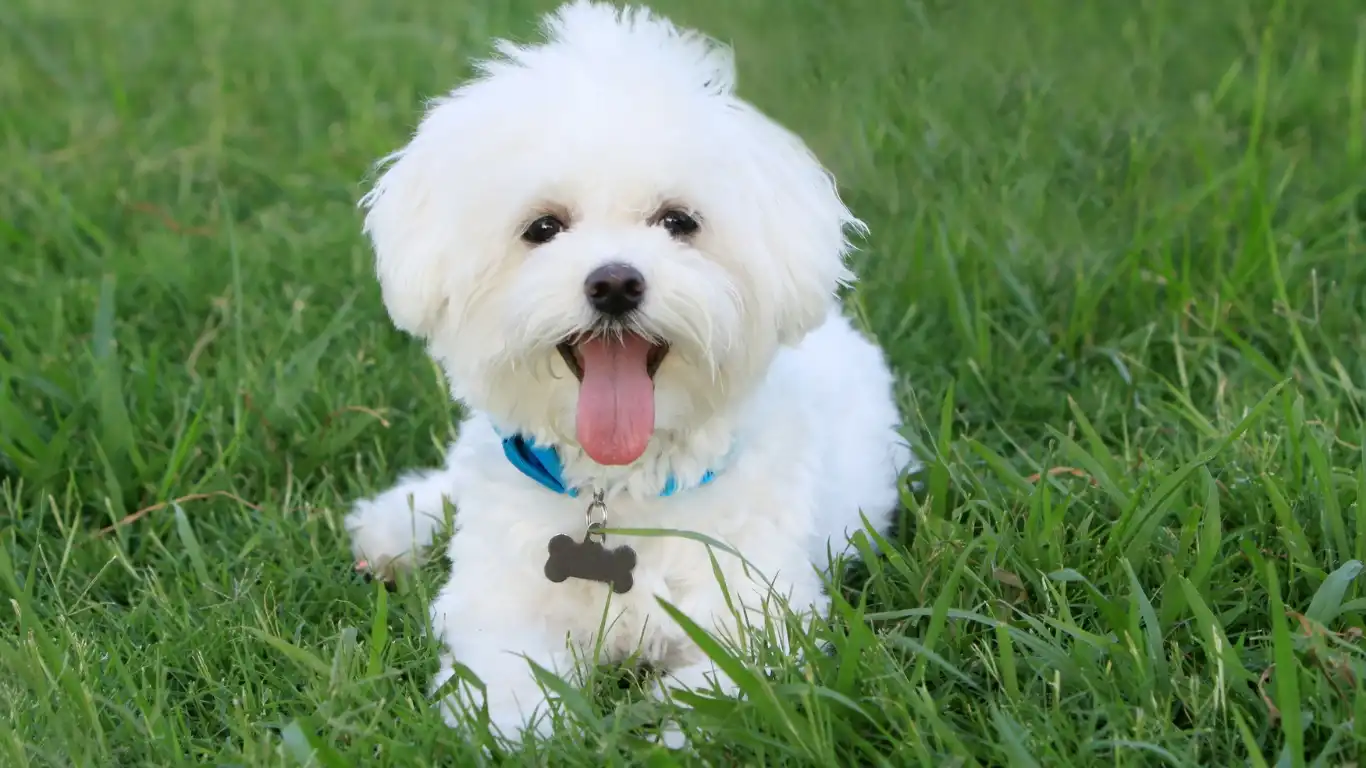How to Create a Comfortable Sleeping Area for Your Dog That They’ll Love
Let’s talk about something near and dear to my heart — how to create a comfortable sleeping area for a dog. As someone who’s spent years working hands-on with animals as a Veterinary Technician and Nutrition Nurse, I’ve seen firsthand how much a restful, cozy spot means to our four-legged friends. Trust me, it’s not just about tossing a bed in the corner. A dog’s sleeping setup can impact everything from their joint health to anxiety levels, and even how well they digest their food. Weirdly enough, yes — digestion can take a hit if your pup isn’t properly rested. So, whether you’ve got a bouncy puppy or a senior sweetheart with creaky joints, let’s dive into the nitty-gritty of making their sleeping zone the best it can be.
The Importance of a Cozy Sleeping Spot

Dogs, just like us, need proper sleep to stay healthy — mentally and physically. Ever notice your dog pacing, whining, or shifting around all night? That could be them telling you, “Hey, this spot isn’t cutting it!” A good sleeping area isn’t a luxury; it’s a necessity. In my clinic days, we’d often get dogs coming in with pressure sores, anxiety symptoms, or even behavioral issues — all traced back to uncomfortable or unsuitable rest areas at home. It’s more common than you’d think.
Understanding Your Dog’s Sleeping Style
Not all dogs sleep the same way. And no, it’s not just about small dog vs big dog. Some like to sprawl out like they’re sunbathing on a beach. Others curl into a donut like they’re trying to conserve every bit of warmth. I had a Frenchie patient named Gus who would only sleep if his bed was next to the dryer — that white noise was his jam. So, getting to know your dog’s unique preferences is step one.
- The Sprawlers: These pups need space. Think memory foam mats or orthopedic beds with room to stretch.
- The Curlers: Cozy, round bolstered beds work great. These guys love to feel “hugged” by their space.
- The Burrowers: Some dogs, like terriers or dachshunds, prefer covered spaces. Caves, tents, or blanket forts are their thing.
- The Leaners: Dogs who like to sleep against something solid — think corner placements or beds with firm backings.
Location, Location, Location

This is where many pet parents get it wrong. Plopping a dog bed in the laundry room or next to the front door might seem convenient, but your pup may disagree. Think about how often that space gets foot traffic or loud noises. Dogs need peace and consistency. Ideally, find a spot away from heavy activity — but still close enough to feel like part of the pack. Dogs are social animals, after all.
Tips for Choosing the Right Spot
- Avoid high-traffic zones: Like hallways, kitchens, or entryways — these can disturb sleep.
- Keep it draft-free: No one likes a chilly breeze on their face while trying to sleep, not even your husky.
- Mind the light: Natural light is great during the day, but try not to place the bed where artificial light blasts all night.
- Keep it clean: Dust, mold, or allergens in the area can really irritate your dog, especially if they’ve got sensitive skin or respiratory issues.
I always tell pet parents to try lying down in the spot where they plan to set up the dog bed. Is it noisy? Is it cold? Does it feel peaceful? You’d be surprised how often that changes their mind. And if you live with kids or multiple pets, make sure your dog has a retreat zone where they can nap uninterrupted. Dogs, especially older ones, value their alone time just like we do.
Choosing the Right Bed

Let’s get real — not all dog beds are created equal. I’ve seen fluffy donut beds flatten in a week, and “orthopedic” beds that were basically fancy name tags slapped on foam scraps. You want something that supports your dog’s body, aligns their spine, and holds up over time. Especially for older dogs or those with arthritis — a good bed can literally change their quality of life.
What to Look For in a Quality Dog Bed
- Supportive foam: Memory foam or high-density orthopedic foam is a must for senior dogs or large breeds.
- Washable cover: Accidents happen, and trust me — even the best-trained dog has an off day.
- Non-slip bottom: Great for hardwood or tile floors, keeps your dog safe as they get in and out.
- Right size: Your dog should be able to stretch out fully without falling off the edge.
- Safe materials: Look for OEKO-TEX certified fabrics or beds labeled non-toxic. You’d be surprised how many beds have weird chemicals.
Personally, I’m a big fan of beds that mimic natural den-like environments. One of my own pups, Luna, refused to sleep on anything until we got her a memory foam bed with side bolsters. Game changer. She went from pacing at night to full-on snore symphonies in under a week.
Temperature and Season: Why It Matters More Than You Think

Here’s something I’ve noticed both in clinic and at home — temperature control is wildly underrated when setting up a dog’s sleeping area. A lot of folks don’t consider how the seasons impact their pup’s comfort. Imagine sleeping on a thick shag blanket in August, or a cold tile floor in January. Yeah… no thanks, right? Your dog feels the same.
During winter, dogs lose a ton of body heat when they’re lying down — especially smaller breeds or dogs with short coats. I always recommend layering a warm, washable fleece or investing in self-warming pet mats. On the flip side, summer heat can lead to panting, restlessness, and even heat exhaustion if they’re sleeping in stuffy, poorly ventilated spots.
Adapting Your Dog’s Sleep Area by Season
- Cold Weather: Add blankets, consider raised beds to avoid floor chill, and make sure it’s draft-free.
- Warm Weather: Look for cooling mats, breathable cotton covers, and place the bed away from direct sunlight.
- All Seasons: Keep a fan or air purifier running nearby — it improves airflow and keeps allergens down.
One tip from a client that I loved? She rotated two separate beds seasonally — one was plush and insulated for winter, the other was mesh-based and breathable for summer. Genius. If your dog starts sleeping on the bathroom floor or following the sunbeams across the house, that’s your cue to rethink their sleep spot.
Sound and Smell: The Underrated Senses

Let’s be real — dogs experience the world differently than we do. Sound and scent play a *massive* role in their comfort, especially when it comes to winding down and getting solid sleep. Loud TVs, frequent alarms, even a squeaky dryer can really throw off your dog’s ability to settle in.
One thing I’ve done in my own home (and recommended to dozens of pet parents): use a white noise machine or a soft classical playlist during rest time. It drowns out sudden noises — think fireworks or traffic — and helps signal “sleep mode” to your dog. I had one particularly anxious lab mix who would only sleep to cello music. No joke. Once her family started playing Yo-Yo Ma at bedtime, she’d knock out like a light.
Creating a Sensory-Friendly Zone
- Minimize sharp or jarring sounds: Choose quieter spots or use soft background noise to calm the environment.
- Smell matters too: Dogs love familiar scents. Place a worn T-shirt or their favorite blanket in their bed.
- Avoid synthetic fragrance: Candles, plug-ins, and sprays can irritate a dog’s sensitive nose.
- Try calming scents: Natural lavender, chamomile, or vet-approved pheromone sprays work wonders for some pups.
Pro tip: If your dog is coming home after surgery, illness, or a stressful vet trip, adding a familiar smell to their bed helps them recover faster. We’d do this all the time in clinic — even using their owner’s scarf or pillowcase to ease the transition.
Maintaining Cleanliness and Hygiene

This is a big one — and way too overlooked. Just because your dog’s bed *looks* clean doesn’t mean it is. Over time, beds collect dander, bacteria, flea eggs, dirt, and allergens. I’ve seen dogs come in with skin flare-ups and itchiness, only to find out their bed hadn’t been washed in months. Ew.
As someone who’s worked in pet nutrition and wellness, I can’t stress enough how a clean environment ties directly into overall health. You wouldn’t want to sleep on dirty sheets, and neither does your dog.
Dog Bed Cleaning Best Practices
- Weekly washes: Wash removable covers with pet-safe detergent — no harsh perfumes or dyes.
- Vacuum in between: Use a handheld vacuum or lint roller to remove fur and crumbs.
- Check for pests: Always inspect for fleas or ticks, especially if your dog’s been outside a lot.
- Replace when needed: If the foam is saggy or smelly even after washing, it’s time for a new bed.
I always tell clients: if your dog suddenly starts sleeping elsewhere — the couch, the floor, or even under the bed — it might be their way of saying, “Hey, something’s off with my spot.” Don’t ignore that. Dogs are creatures of habit, and when their routine shifts, there’s usually a reason.
Enrichment Meets Rest: A Balanced Approach
This one’s more subtle but super important — dogs don’t just need physical comfort. They need mental comfort too. A calm mind leads to better rest, which is especially true for high-energy or anxious breeds. I’ve found that pairing light enrichment with a bedtime routine really helps dogs wind down. Something like a slow-snuffle mat before sleep, or a short walk followed by a chew toy, tells their brain it’s time to relax.
At the clinic, we’d always include chew items or treat puzzles in kennels for dogs who were boarding or recovering. It reduced stress behaviors drastically. At home, the same concept applies. A comfy bed + mental decompression = a happy, well-rested dog.
Simple Wind-Down Routines You Can Try
- Evening walk: Helps burn off that last bit of energy before settling in.
- Chew or treat toy: A safe chew item helps reduce anxiety and gives your dog a sense of satisfaction.
- Gentle massage: Lightly rubbing their shoulders or hips — especially for seniors — can promote calm and comfort.
- Set a bedtime: Just like kids, dogs thrive on routine. Try to stick to the same wind-down hour each night.
Creating a sleeping area that supports your dog’s emotional and physical well-being isn’t just about buying a bed — it’s about tuning into their needs. You know your pup better than anyone. Watch how they react to changes, listen to what their body language tells you, and tweak things as you go. That’s how you build a space they truly love — one nap at a time.
Behavioral Benefits of a Proper Sleep Space

Now let’s get into something that surprises a lot of dog parents — the connection between behavior and sleep environment. Yep, that’s a real thing. Over the years, I’ve had countless conversations with frustrated pet parents dealing with whining, pacing, destructive chewing, or random barking — and when we dug a little deeper, the root issue was often linked to poor sleep or discomfort.
When your dog doesn’t get restful, uninterrupted sleep, it can lead to mood swings, anxiety, irritability, or hyperactivity. Just like with kids, over-tired dogs can act out. I remember one sweet but stubborn bulldog named Rosie who’d bark half the night and chew on furniture during the day. We changed her sleep setup — quieter room, orthopedic bed, and a strict evening routine — and within a week, it was like living with a totally different dog. Calmer, quieter, and way more content.
Positive Behavior Shifts You May Notice
- Less reactivity: Well-rested dogs are generally less anxious and more tolerant of stimuli like doorbells or visitors.
- Improved house training: Puppies and senior dogs, especially, do better when their bodies are rested and their brains clear.
- Reduced chewing and pacing: Often signs of stress or restlessness that better sleep can help fix.
- More balanced energy: Instead of sudden zoomies or couch potato syndrome, sleep helps regulate activity levels.
It’s a domino effect. Better sleep leads to better behavior, which makes training easier, which leads to a better bond. And that connection? It’s why we do all of this in the first place.
Customizing the Sleeping Area for Different Life Stages

Another thing I’ve learned over the years? There’s no one-size-fits-all when it comes to creating the perfect sleep space. Your dog’s age, breed, and health condition all play a role in what they need to feel secure and comfy.
For example, puppies — bless their little hearts — need more sleep than adult dogs (up to 18-20 hours a day!). But they also need boundaries. I usually recommend crate training with a super cozy setup inside: a soft blanket, chew-safe toys, and a warm pad. Crates provide a sense of security and also help with house training — win-win.
Now, senior dogs? Totally different story. They often deal with arthritis, hip issues, or general stiffness. An orthopedic bed becomes essential. Bonus if it has low sides so they can step in and out easily without straining joints.
Tailoring Sleep Spaces by Life Stage
- Puppies: Crates with padded mats, snuggle-safe toys, and a warm, draft-free setup.
- Adult dogs: Firm, supportive beds in quiet areas that are still connected to the family space.
- Seniors: Orthopedic foam beds, heating pads (vet-approved), and easy access to reduce strain.
- Special needs: For dogs with anxiety, mobility issues, or medical conditions, consult your vet for bed or setup recommendations.
I once helped a client who had a tripod (three-legged) dog named Teddy. We ended up designing a custom foam ramp leading up to his low-lying bed, plus non-slip mats around the area so he could transition comfortably. It made a huge difference in his confidence and energy levels.
Don’t Forget the Emotional Connection
This might sound a little woo-woo, but hear me out — dogs are emotional beings. They pick up on your mood, your tone, and your routines. So when you invest time in their sleeping area, it tells them, “You’re safe here. You’re loved.” That feeling of security isn’t just cute — it’s vital for their mental well-being.
When I worked in animal hospitals, I’d see dogs bounce back faster from surgeries or illness when their sleep area was familiar and comforting. We’d send them home with one of their blankets or a toy that smelled like their family. It sounds small, but it helps enormously with stress reduction and recovery.
Even at home, a little bedtime ritual — a soft “goodnight,” a pat on the head, dimming the lights — can work wonders. Dogs thrive on routine and reassurance. So if you’re wondering whether it’s worth putting all this effort into their sleep zone? 1000% yes. You’re not just giving them a bed. You’re giving them a sense of belonging.
References
Disclaimer
This article is based on professional and personal experience as a Veterinary Technician/Nurse with a focus on canine nutrition and behavior. It is intended for educational purposes only and should not replace medical advice from your veterinarian. Always consult your vet before making significant changes to your dog’s environment or care routine.





